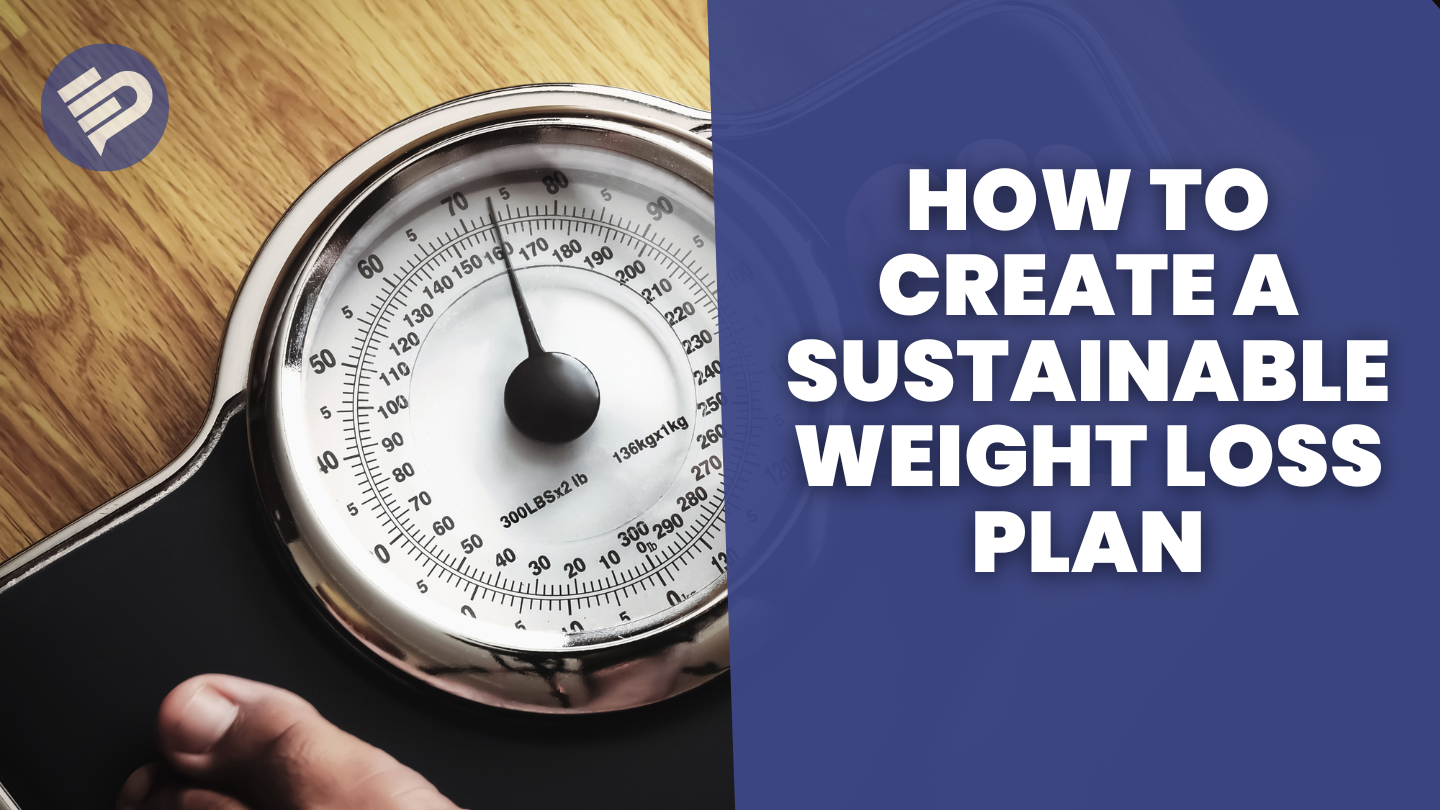How to Create a Sustainable Weight Loss Plan

Achieving and maintaining weight loss is a journey that requires a well-thought-out plan, consistency, and a positive mindset. Creating a sustainable weight loss plan ensures you not only lose weight but also keep it off in the long run. Here are key steps to help you develop a plan that works for you:
1. Set Realistic Goals
Begin by setting achievable and realistic goals. Aim for a weight loss of 1-2 pounds per week, which is considered healthy and sustainable. Avoid setting overly ambitious targets that can lead to frustration and burnout.
2. Assess Your Current Lifestyle
Take an honest look at your current eating and exercise habits. Identify areas where you can make changes. Keeping a food and activity journal for a week can provide insights into your habits and help you pinpoint areas for improvement.
3. Create a Balanced Diet Plan
Focus on a balanced diet that includes a variety of foods from all food groups. Incorporate the following:
- Fruits and Vegetables: Aim for at least five servings a day to get essential vitamins, minerals, and fiber.
- Whole Grains: Choose whole grains like brown rice, quinoa, and whole wheat bread over refined grains.
- Lean Proteins: Include lean proteins such as chicken, fish, beans, and legumes to keep you feeling full and support muscle maintenance.
- Healthy Fats: Incorporate healthy fats from sources like avocados, nuts, seeds, and olive oil.
4. Practice Portion Control
Be mindful of portion sizes to avoid overeating. Use smaller plates, measure your food, and listen to your body's hunger and fullness cues. Eating slowly and savoring each bite can help you recognize when you are satisfied.
5. Stay Hydrated
Drinking plenty of water is crucial for weight loss. Sometimes, thirst is mistaken for hunger. Aim to drink at least 8-10 glasses of water daily and reduce your intake of sugary beverages.
6. Develop a Regular Exercise Routine
Incorporate regular physical activity into your routine. Aim for at least 150 minutes of moderate aerobic exercise or 75 minutes of vigorous exercise per week, along with strength training exercises twice a week. Find activities you enjoy to make exercise a consistent and enjoyable part of your life.
7. Get Adequate Sleep
Quality sleep is essential for weight loss and overall health. Aim for 7-9 hours of sleep per night. Poor sleep can disrupt hormones that regulate hunger and appetite, leading to overeating and weight gain.
8. Manage Stress
Chronic stress can contribute to weight gain by increasing cortisol levels, which can lead to overeating. Practice stress management techniques such as meditation, yoga, deep breathing exercises, or engaging in hobbies you enjoy.
9. Seek Support
Having a support system can make a significant difference in your weight loss journey. Join a weight loss group, seek guidance from a nutritionist or personal trainer, or enlist the support of friends and family.
10. Be Patient and Persistent
Weight loss is a gradual process. Be patient with yourself and recognize that setbacks are a natural part of the journey. Stay committed to your plan, and remember that consistency is key to achieving long-term success.
11. Monitor Your Progress
Regularly track your progress to stay motivated and make necessary adjustments. Use tools like a journal, apps, or wearable devices to monitor your food intake, exercise, and weight changes.
Conclusion
Creating a sustainable weight loss plan involves setting realistic goals, adopting a balanced diet, incorporating regular exercise, and making lifestyle changes that you can maintain in the long term. By focusing on gradual progress and making healthy choices, you can achieve and maintain your weight loss goals while improving your overall well-being.
- #weight
- #loss

Author
Shahid Arif